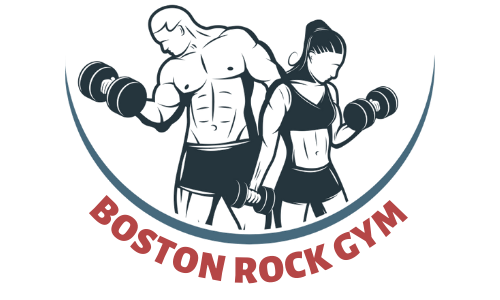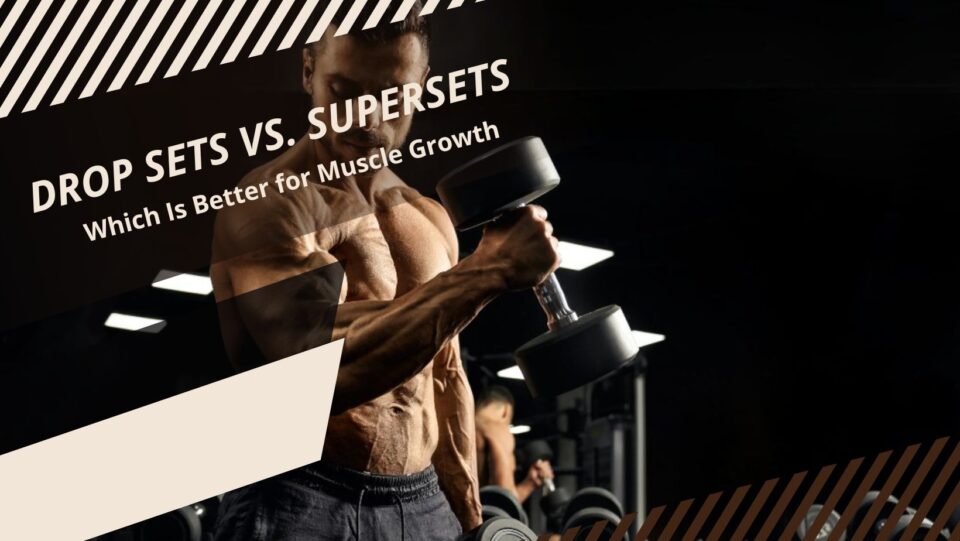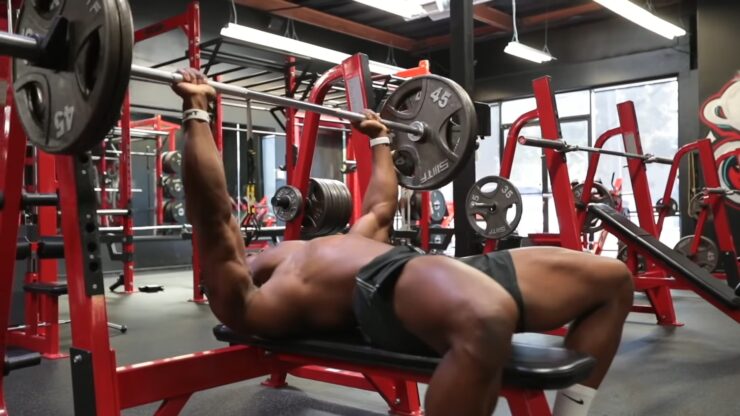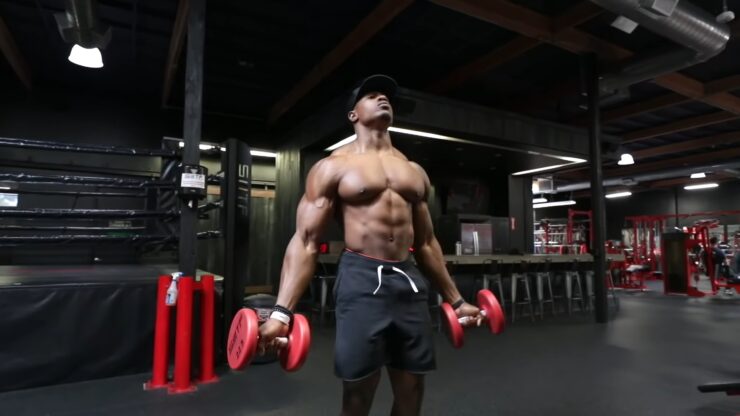Do you want to add some variety to your muscle-building routine and swap out some of the old and dull exercises you’re used to doing? Lifters of all skill levels utilize drop sets and supersets as intensity strategies to promote new muscle growth and create diversity in their workouts, and you can learn how to do them too if you wish.
Drop sets entail working out until failure on an activity, dropping the weight, then working out until failure again. Two exercises are performed one after the other in a superset, with no break in between. While it’s necessary to grasp the differences between drop sets and supersets at the face level, it’s also crucial to know which training approach is ideal for you.
That is why we’re here to walk you through both of these exercises, explain the key differences, and tell you which one is better. You’ll be able to choose the best one with ease once you finish reading this article! Let’s get right into it.
Contents
Drop Sets
A drop set is basically a prolonged set of motion, typically performed as the final set of that exercise to prevent fatigue. For instance, you may perform two sets of 10 to 12 repetitions of a sitting dumbbell shoulder press with a certain weight.
For your third set, you would start with the same weight and complete as many reps as you could before “dropping” or reducing the weight and working until you were unable to lift the weight anymore. Drop sets are a wonderful way to increase training volume while still using proper form in order to build muscle and lose fat. As an illustration, certain workouts are just superior to others.
Consider squats and leg extensions. Instead of adding leg extensions while omitting all the squats you are capable of, it is usually preferable to merely add drop sets of squats. The same is true for bench flyes and bench presses. The number of drop sets you perform might range from one to as many as the working sets you performed; it all depends on how much training volume you’re aiming to get in with that particular exercise.
Supersets
The key is that the exercises are performed back-to-back with no break in between to create a superset, which consists of two or three routines that either target the same body part or opposing muscle groups. A seated row with a push-up for the back and chest and an overhead press with a sitting lateral raise for the shoulders are two examples of common supersets.
You only take short breaks between supersets to recover and collect your breath before starting anew. This speeds up your metabolism, burns fat, and helps you save time. Supersets are mostly used for two things.
First, they are frequently employed to aid a bigger muscle group in dragging a smaller muscle group into greater exhaustion and muscular injury. It’s a wonderful approach to engage muscles that fail fast in isolated motions throughout a wide range of motion and at different angles, which encourages muscular development.
Second, they’re fantastic for anyone who is pressed for time since they let you work out another muscle group (typically the opposing group, like the biceps and triceps) while the other muscle group is experiencing local exhaustion. So consider supersets as a strategy to cut your overall rest time in half at the gym.
Drop Sets Vs. Supersets—Key Differences
Drop sets and supersets both strengthen various muscle-growth mechanisms. As opposed to supersets, which only marginally increase mechanical strain, drop sets emphasize increasing metabolic stress. Overall, for maximum muscular growth, it is important to use both intensity methods.
You are not required to combine the two methods into a single workout. Depending on your split, you can employ them on various days of the training week or in separate training blocks. Although drop sets and supersets are very different from one another, both may help you increase your endurance, burn fat, and break through plateaus.
Exercises should be performed back-to-back with little to no break in between as a superset. They might be muscles from the same or a different muscle group. Strengthening the chest and back would serve as an illustration of this.
There is not much time for relaxation between sets, unlike a drop set. After finishing the exercises, you take a breath and then resume. By doing this, you can burn more calories, shorten your workouts, and increase their intensity. Supersets focus more on the type of muscle(s) you’re exercising than drop sets, which are more on doing as many reps as you can.
Drop Sets Vs. Supersets—Which One Is Better for Muscle Growth?
All things considered, supersets are a time-effective technique to boost your metabolic reaction to a workout, but drop sets are superior for muscle growth when you have reached a plateau. This is due to drop sets letting you work the muscle to its absolute limit of weariness.
On the other side, supersets provide you the option to significantly cut the amount of time you need to relax in between workouts, which means they demand more energy.
Drop sets are an excellent way to mix up your “normal” training schedule. They enhance strength and endurance while also aiding in muscular growth. Drop sets may be more effective than normal sets in reaching those advantages, although the data is insufficient to support this claim.
Simply said, they are two distinct approaches to strength training. Supersets operate in a similar manner. When beginning with drop sets, there are a number of safety measures to take. Proper form and avoiding lifting too much weight are two examples of this. Change the weight out if you’re unsure.
Conclusion
Supersets provide you the opportunity to improve your cardio while weightlifting, whilst drop sets are a more advanced method better suited for muscular growth. You should take into consideration your needs and goals and choose which of these two workouts you should do accordingly.



